Tropical Storm Gil Hurricane churns far out in the eastern Pacific
Tropical storm Gil hurricane, wich formed in the eastern Pacific Ocean has gained more strength and has become a Category 1 hurricane. The United States National Hurricane Center (NHC) said that the storm is currently located in the open ocean and there is no risk of directly hitting any land according to its trajectory. However, it has been warned that the relevant sea area will remain turbulent due to its impact.
In its latest bulletin on Saturday (August 2), the National Hurricane Center said that Hurricane Gil is currently located about 1,865 kilometers (1,160 miles) away from the southwestern tip of the Baja California Peninsula in Mexico. The maximum sustained wind speed at the center of the storm is about 120 kilometers per hour (75 miles), which has recognized it as a Category 1 hurricane. It is moving west-northwest at about 31 kilometers per hour.
Forecasters said Hurricane Gill could gain some strength from warm seas. However, it will begin to lose strength rapidly as it moves into cooler waters over the next 24 to 48 hours and could become a post-tropical cyclone (weakened storm) by Sunday. Since the storm is far from land, no coastal warnings have been issued.
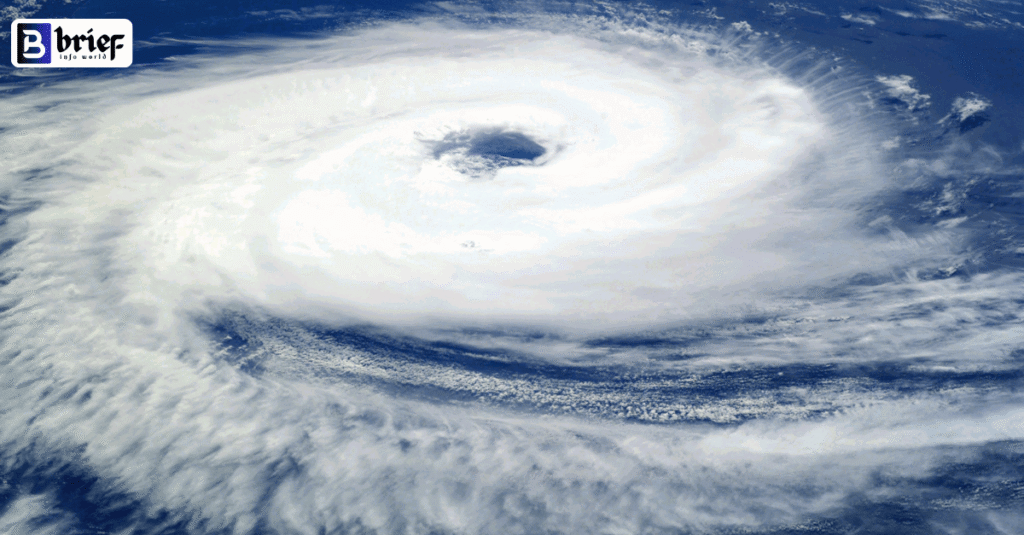
Expert opinion
“The eastern Pacific is quite active this season. Gill’s formation is a result of warm seas and favorable atmospheric conditions in the region. Fortunately, we do not see any threat to land as it is moving towards the open ocean. However, sea waves may increase towards the Hawaiian Islands.”
History of the name ‘Gill’
The name ‘Gill’ is not new in the history of cyclones. There have been several storms with this name in the eastern Pacific Ocean before. One notable example was Hurricane Gill in 1983, which made landfall near Hawaii. However, the name Gill is often confused with Hurricane Gilbert, a devastating hurricane that struck in 1988. Gilbert was a Category 5 hurricane that caused widespread damage in the Caribbean and Mexico. Experts have clarified that Gilbert is not related to the current Hurricane Gill.
All the storms named Gill – A historical review
The name ‘Gill‘ has been used multiple times in the history of cyclones. Each storm had a different strength, path and impact. Let’s identify those storms from the pages of history.
Hurricane Gil (1983): The Terror of Hawaii
Hurricane Gil, which formed in the Pacific Ocean in late July and early August 1983, was quite powerful. It gained strength off the southern coast of Mexico and became a Category 1 hurricane with winds of about 145 kilometers per hour. Although it weakened slightly as it passed near the Hawaiian Islands, its remnants brought heavy rain and gusty winds to the islands. This resulted in some flooding and minor damage, which caused panic among the islanders.
Tropical Storm Gil (2007): A Short-lived Storm
In August 2007, another storm formed off the southwestern coast of Mexico, named Gil. However, it did not gain hurricane strength. It dissipated into the ocean as a normal τροπική storm with maximum winds of 72 kilometers per hour. Fortunately, the storm did not make landfall and caused no damage.
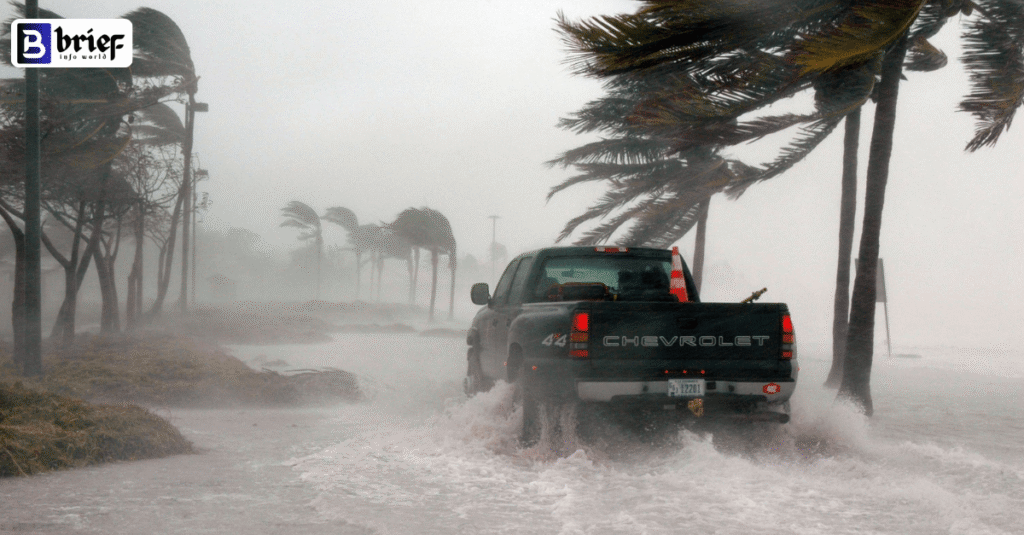
An Important Confusion: Hurricane Gilbert (1988) vs. Gill
Many people mistakenly think of the devastating 1988 Hurricane Gilbert when they hear the name ‘Gil’. But these two storms are completely different. Hurricane Gilbert was one of the most powerful and destructive hurricanes in history. It was a Category 5 ‘monster’ that wreaked havoc in the Caribbean Sea and Gulf of Mexico. The storm nearly devastated Jamaica, the Cayman Islands, and Mexico’s Yucatan Peninsula. Gilbert caused over 300 deaths and billions of dollars in damage. So, it is a big mistake to think of Gill and Gilbert as the same thing. Gilbert showed us just how devastating a hurricane can be.
Cyclone, Hurricane and Typhoon – Different Names, Same Character
We often hear these three names and get confused. In fact, these three are the same type of natural disaster. The only difference is their place of origin.
- Hurricane: A powerful cyclone formed in the North Atlantic Ocean, Northeast Pacific Ocean and Central Pacific Ocean is called a ‘hurricane’. America, Mexico and the Caribbean Islands are victims of these storms.
- Cyclone: A storm formed in the Indian Ocean and Southwest Pacific Ocean is called a ‘cyclone’ or cyclone. Bangladesh, India, Myanmar and Australia face these storms.
- Typhoon: A storm formed in the Northwest Pacific Ocean is called a ‘typhoon’. Japan, China, Philippines and Taiwan are affected by these storms.
Basically, a tropical storm is classified as a hurricane, cyclone, or typhoon when its wind speed exceeds 119 kilometers per hour (74 miles per hour). So, regardless of the name, their destructive power is the same.

Hi, I’m M Saif, a digital marketer with a strong focus on SEO and content writing. I help businesses improve their online visibility, drive organic traffic, and create engaging content that converts. With a results-driven approach, I work on strategies that not only boost rankings but also deliver real value to audiences.


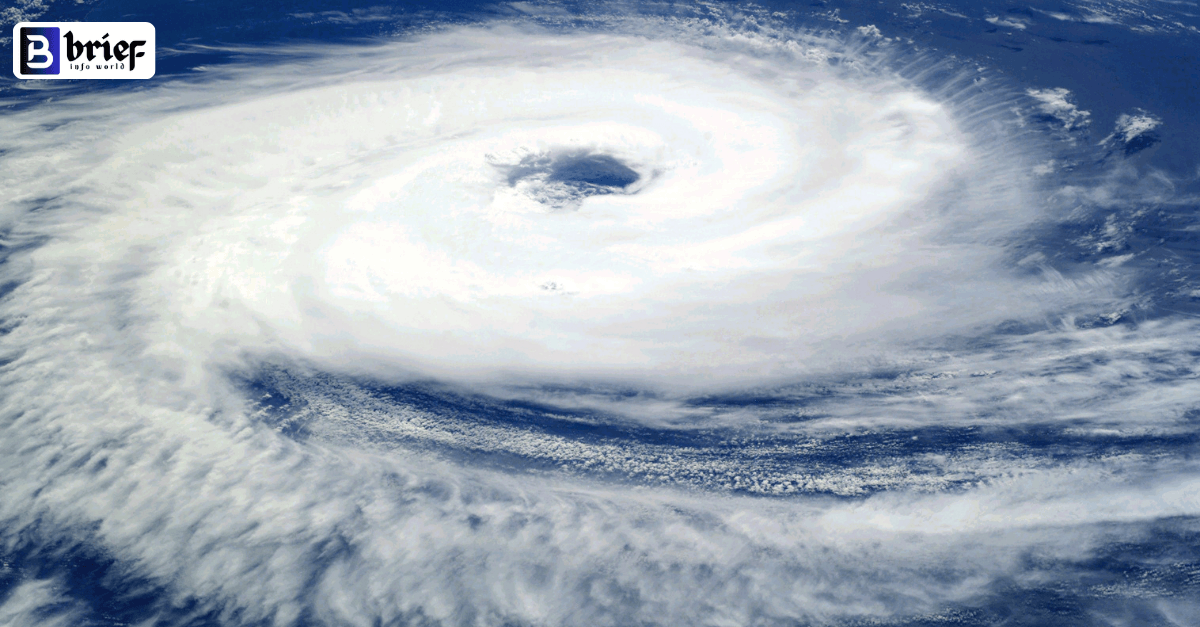

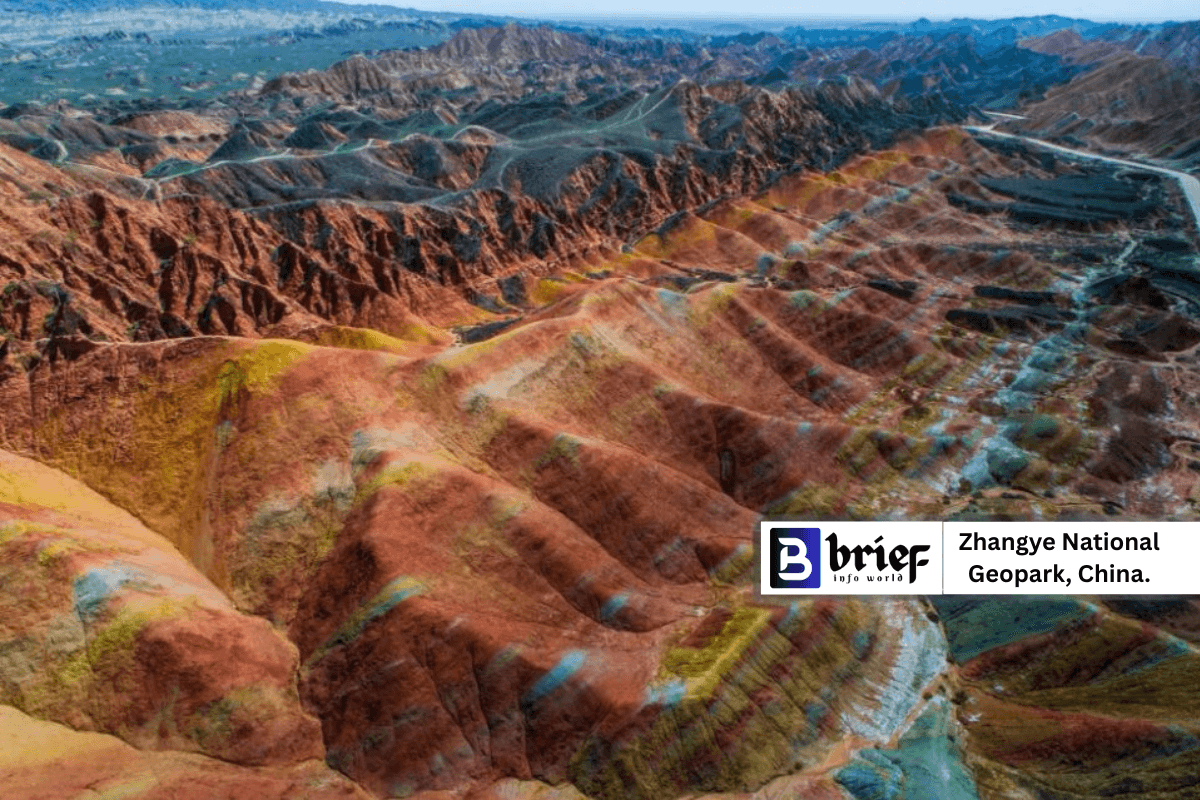





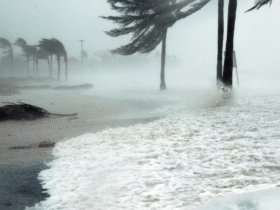

Leave a Reply